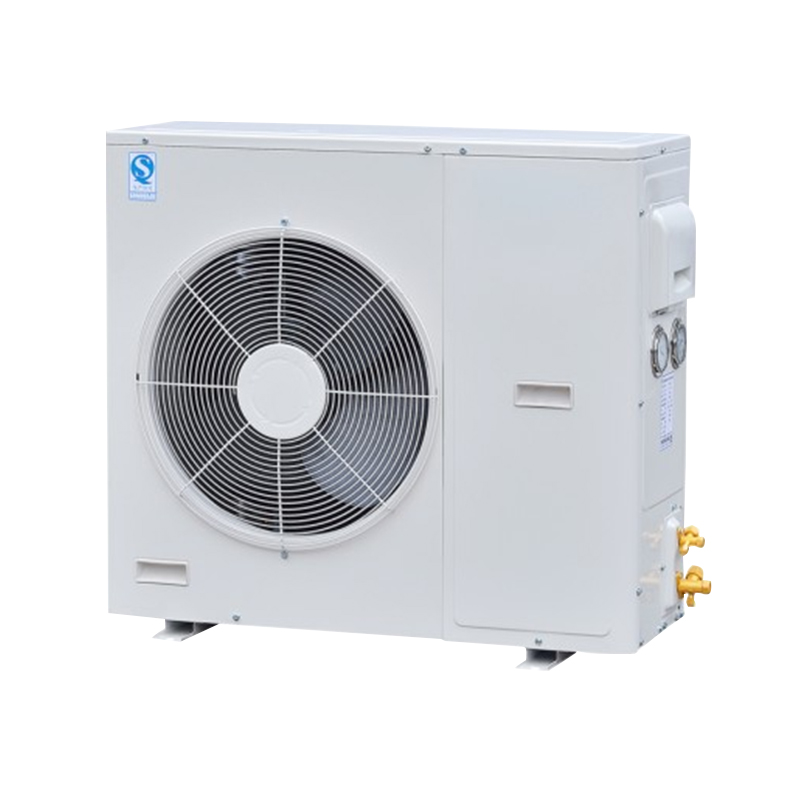What is the impact of integrated design on the heat dissipation performance of the unit?
Compact layout and thermal isolation
The primary feature of integrated design is its compact layout. By tightly integrating multiple key components, the external space occupancy is reduced, but at the same time, higher requirements are placed on heat dissipation. To this end, the designer cleverly planned the heat conduction path in the box, and used thermal isolation materials to separate the heat source from the non-heat source area to prevent the disorderly diffusion of heat inside the unit. This layout not only optimizes the heat exchange efficiency, but also reduces the risk of performance degradation due to local overheating.
Efficient heat exchange system
In the box-type condensing unit, the condenser is the core component of heat exchange, and its design is particularly critical. In order to improve the heat dissipation performance, the condenser usually uses efficient heat dissipation materials, such as copper tube aluminum fins, and optimizes the fin spacing and arrangement to increase the heat dissipation area and promote air circulation. At the same time, some high-end models are also equipped with an intelligent temperature control system, which can automatically adjust the fan speed or water flow according to the ambient temperature and unit load to achieve precise heat dissipation control. The introduction of this efficient heat exchange system enables the unit to effectively cope with various complex working conditions while maintaining efficient operation.
Optimized duct design
Duct design is another important factor affecting heat dissipation performance. In box-type condensing units, the duct design is often carefully calculated and optimized to ensure that air can flow smoothly through the condenser and take away a lot of heat. The duct is usually equipped with structures such as guide plates or wind grilles to guide the airflow direction and reduce eddy current and resistance losses. In addition, some models also adopt dual duct design or multi-stage heat dissipation structure to further improve heat dissipation efficiency and stability.
Intelligent heat dissipation management
box-type condensing units have gradually incorporated the concept of intelligent heat dissipation management. By integrating intelligent components such as sensors, controllers and algorithm models, the unit can monitor internal temperature, humidity, pressure and other parameters in real time, and adjust the heat dissipation strategy according to actual conditions. For example, when a sudden increase in the unit load is detected, the intelligent control system will quickly increase the fan speed or increase the water flow to accelerate heat dissipation; when the load is low, it will automatically reduce energy consumption to save resources. This intelligent heat dissipation management method not only improves the unit's heat dissipation performance and energy efficiency, but also brings users a more convenient and comfortable use experience.
Environmental protection and sustainability
The integrated design not only improves heat dissipation performance, but also takes environmental protection and sustainability into consideration. By optimizing the heat dissipation system to reduce energy consumption and emissions, the impact of the unit on the environment during operation is reduced. In addition, some models also use recyclable materials or environmentally friendly refrigerants to reduce the generation of waste and pollutants. This green design concept not only conforms to the current global environmental protection trends and policy and regulatory requirements, but also provides strong support for the sustainable development of the refrigeration equipment industry.


